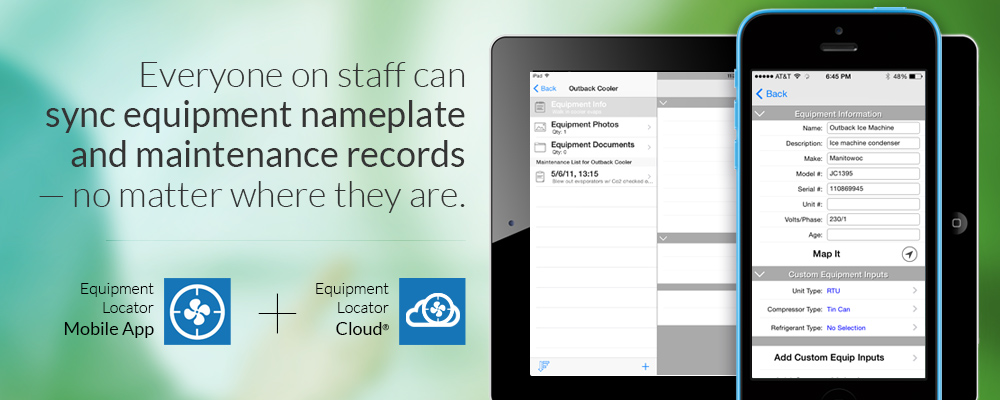
Camel Heat Load Calculation Software
About Carmel Software Carmel Software is focused on making complex tasks easier, more efficient and more accurate for those in the HVAC, engineering and energy industries. Our HVAC apps, such as HVAC ResLoad-J and HVAC Equipment Locator, allow for complex calculations and data-rich records to be viewed, edited and created from the field via mobile phones and tablets. Camel Air Conditioning Load Estimation.The most popular version of this product among our users is 5.0. Proxycap 5 27 keygens 10. Wonderware intouch 10.1 sp3 free download. The product will soon be reviewed by our informers.
The computer program CAMEL is one of the leading air conditioning load estimation programs available. It calculates the design heating and cooling loads and associated psychrometrics for air conditioning plant in buildings. The calculations are based on the AIRAH/IHRACE Application Manual DA9 'Air Conditioning Systems, Load Estimation & Psychrometrics' which incorporates the cooling load estimation techniques and data developed by the Carrier International Corporation with considerable extensions and refinements to these methods and data, developed by ACADS-BSG. It operates in the Southern and Northern Hemisphere. The program is an extremely comprehensive analysis program that has been licensed through ACADS-BSG by well over 250 organisations throughout Australia, New Zealand and South East Asia. The program models a range of system types including: • Constant Volume Heating and Cooling • Constant Volume Face and Bypass • VAV with and without reheat • Reverse Cycle Heat Pumps • Evaporative Coolers Each AHU can serve a number of zones which can in turn have a number of rooms. A Summary Screen enables reviewing the input and copying moving and deleting AHU's, zones and rooms.
Graphical displays are provided for schedules, shading schemes and for each external wall or roof as it is entered providing a convenient visual check for the user. The External Surfaces Screen. The program caters for overhangs complete with drop panels and reveals on both windows and walls. Shading on roofs and from adjacent buildings can also be modelled.
Drop panels, balconies, light wells and all manner of shading schemes can be modelled by the program. Overhangs and drops can be opaque or partially or completely transparent A feature of the program is the ability to view the shadow patterns of these shading devices as they traverse any selected wall or roof as the time and month varies.
Shadows from an Overhang, Reveals and an Adjacent Building. The results can also be displayed graphically and a Psychrometrics Chart is provided for each AHU.